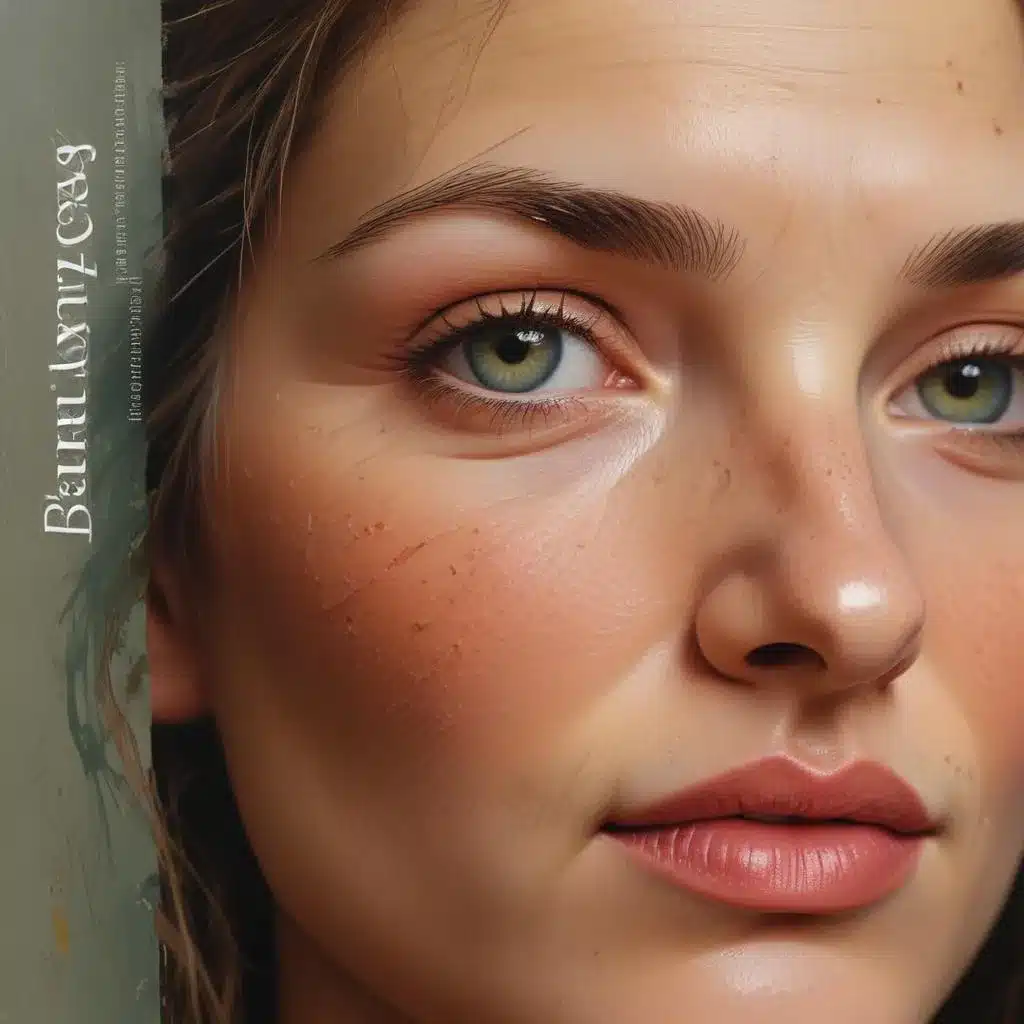
As an experienced art writer and creative consultant, I’m thrilled to dive into the world of painting techniques that bring canvases to life with captivating textures and realistic details. From the bold, expressive brushstrokes of the Post-Impressionists to the meticulously layered realism of contemporary masters, there’s a wealth of artistic approaches to explore.
The Power of Unblended Brushwork
One of the most striking and influential techniques in modern painting is the use of unblended, clearly defined brushstrokes to convey form, depth, and a sense of light. This style emerged prominently in the late 19th century with the Impressionists and Post-Impressionists, who rebelled against the standard academic training that emphasized seamlessly blended, tightly rendered realism.
Artists like Paul Cézanne, Henri Matisse, and Vincent van Gogh pioneered the use of distinct, visible brushstrokes to construct form and capture the essence of a scene. Rather than blending colors and values together, they allowed individual paint marks to stand on their own, creating a dynamic, almost three-dimensional effect.
“There is an energy in this type of painting, a glittering play of light and exaggeration of form that is visually very appealing.” – Principle Gallery
This unblended, “planar” approach to painting stood in stark contrast to the academic realism that dominated Western art for centuries. But as the Impressionist and Post-Impressionist movements gained momentum, their innovative techniques won over many critics and art enthusiasts. Today, the bold, expressive brushwork of these artists continues to captivate and inspire painters of all levels.
Mastering Texture Through Technique
One of the key benefits of unblended brushstrokes is their ability to convey a remarkable sense of texture and dimensionality on the canvas. By allowing individual marks to remain distinct, artists can create the illusion of rough, uneven surfaces, casting shadows and highlights that bring the painting to life.
Jussi Pöyhönen, for example, uses this planar approach to stunning effect in his paintings of rounded forms like coconuts and jasmine flowers. His brushstrokes don’t blend seamlessly, but rather stack up in separate, overlapping planes that capture the curvature and play of light on the subject matter.
Similarly, Paula Rubino employs a vibrant, energetic brushwork style to convey the texture of clouds, foliage, and other natural elements. Her distinct, expressive marks create a sense of movement and depth that goes beyond a purely realistic depiction.
Developing a mastery of unblended brushwork is not just about technical skill, but also about cultivating an intuitive understanding of how light interacts with form. By studying the way shadows and highlights fall across surfaces, painters can learn to translate that three-dimensional quality onto the two-dimensional canvas.
Embracing the Materiality of Paint
Another key aspect of this style of painting is the way it embraces the inherent materiality of the paint itself. Rather than using the medium as a transparent vehicle to depict reality, artists like Van Gogh and Cézanne celebrated the expressive, tactile qualities of the paint.
“One begins to see the beauty beyond the image portrayed, and finds it also in the simple application and texture of the paint strokes themselves.” – Principle Gallery
Van Gogh, in particular, was known for his thick, impasto brushwork that left the canvas surface alive with shadows, highlights, and a palpable sense of movement. According to the Draw Paint Academy, his bold, directional strokes “add a dynamic three-dimensional quality” to his paintings, with tiny cast shadows and highlights shifting as the viewer moves around the work.
This focus on the physical properties of paint, rather than just the image it creates, was a radical departure from the illusionistic realism that had dominated Western art for centuries. It allowed painters to infuse their work with a raw, expressive energy that went beyond mere representation.
Experimenting with Mixed Media
While unblended brushwork and the materiality of paint are fundamental to this approach, there are countless other techniques that artists can employ to create captivating, realistic textures on the canvas. Experimenting with mixed media, for example, can open up a world of creative possibilities.
Peter Brook, a celebrated painter from Brighouse, UK, often incorporated elements like charcoal, pencil, and even found objects into his landscape scenes. The resulting works blended realism and abstraction, with each material contributing its own unique textural qualities.
Landscape artist urartstudio.com takes a similar mixed media approach, layering acrylic paints, glazes, and other media to build up the rich, complex textures of an autumn scene. By combining different techniques and materials, these artists create paintings that are not only visually stunning, but also deeply engaging on a tactile level.
Honing Your Artistic Vision
Ultimately, the path to creating captivating, realistic textures in painting is not about mastering a single technique, but rather about developing a deep understanding of the properties of various media and a keen eye for observing the natural world. It’s about experimenting, taking risks, and finding the unique artistic voice that allows you to translate your vision onto the canvas.
Whether you’re drawn to the expressive, unblended brushwork of the Post-Impressionists, the mixed media explorations of contemporary painters, or something in between, the key is to immerse yourself in the process, observe the world around you, and let your creativity guide you. With practice, patience, and a willingness to explore, you can unlock the full potential of paint to create works that captivate the senses and leave a lasting impression.
So, grab your brushes, embrace the materiality of the paint, and let your artistic vision take flight. The possibilities are endless when you harness the power of texture in your painting.
Example: Pencil Portrait Challenge 2024